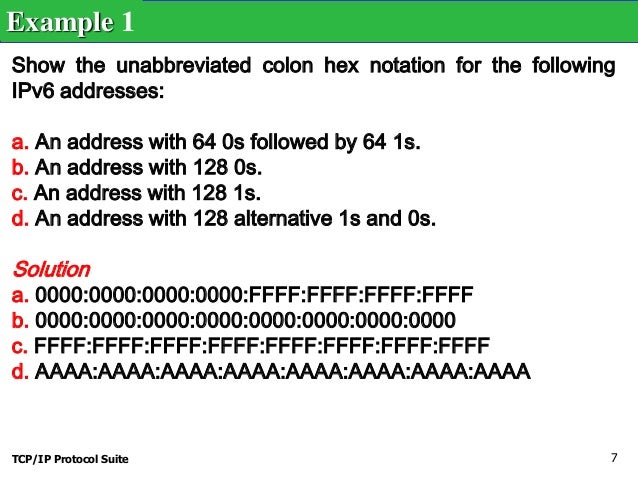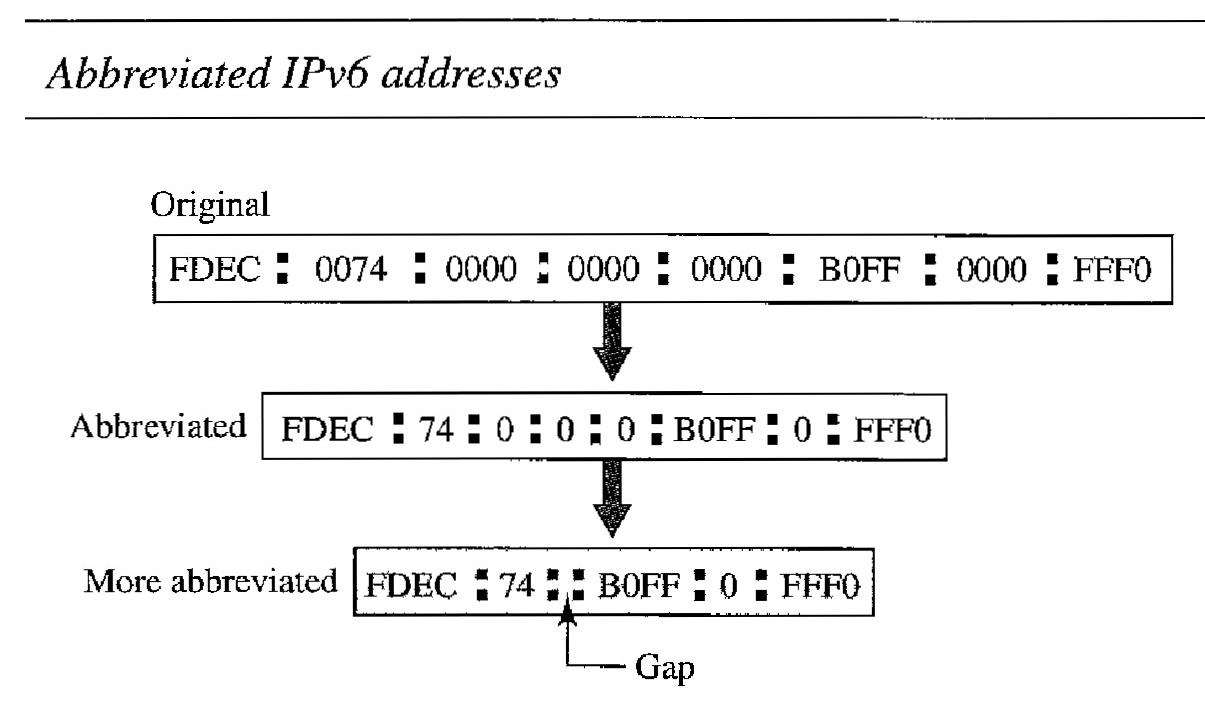

First, a host divides its own MAC address into two 24-bits halves. A host can auto-configure its Interface ID by using IEEE’s Extended Unique Identifier (EUI-64) format. Interface ID takes advantage of this uniqueness of MAC addresses. MAC addresses are considered to be uniquely assigned worldwide. The MAC address of a system is composed of 48-bits and represented in Hexadecimal. The second half of the address (last 64 bits) is always used for Interface ID. IPv6 has three different types of Unicast Address scheme. Rule.2: If two of more blocks contain consecutive zeroes, omit them all and replace with double colon sign ::, such as (6th and 7th block): 2001:0000:3238:DFE1:63::FEFBĬonsecutive blocks of zeroes can be replaced only once by :: so if there are still blocks of zeroes in the address, they can be shrunk down to a single zero, such as (2nd block): 2001:0:3238:DFE1:63::FEFB Interface ID IPv6 provides some rules to shorten the address.

Address StructureĪn IPv6 address is made of 128 bits divided into eight 16-bits blocks. Every digit in Hexadecimal can represent values from 0 to 15.

To represent the values in readable format, this system uses 0-9 symbols to represent values from zero to nine and A-F to represent values from ten to fifteen. Hexadecimal is a positional number system that uses radix (base) of 16.

Before introducing IPv6 Address format, we shall look into Hexadecimal Number System.


 0 kommentar(er)
0 kommentar(er)
